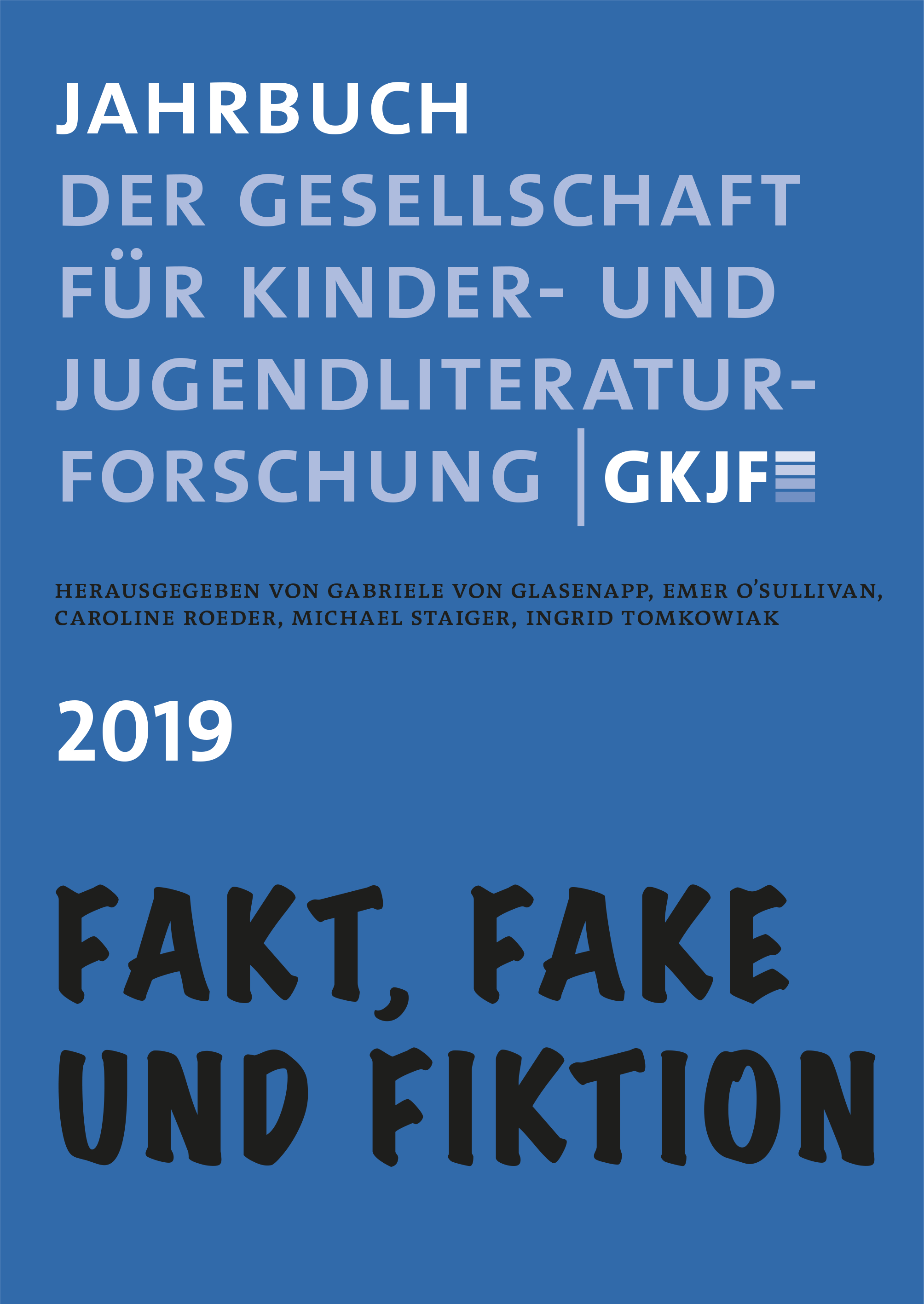Alles Fake, reine Konstruktion. Oder?
Narrativierte Unsicherheit in Tamara Bachs »Marienbilder«
DOI:
https://doi.org/10.21248/gkjf-jb.39Abstract
Artikelbeginn:
[English title and abstract below]
Im Strukturalismus wird Literatur verstanden als ein sekundäres modellbildendes System (vgl. Titzmann 1977, S. 69). Sekundär bedeutet, dass Literatur ein neues zeichentheoretisches System konstituiert, in dem die Signifikate der normalsprachlichen Zeichen eine neue Bedeutung bekommen; der Text erschafft folglich das Modell einer Welt und entspricht demnach nicht nur nicht der Realität, sondern soll es auch erst gar nicht (vgl. ebd., S. 65– 85). Dieses erschaffene Modell einer Welt meint das, was im Folgenden als Konstruktion bezeichnet wird. Was geschieht jedoch, wenn nicht einmal auszumachen ist, ob dem, was in der erzählten Welt geschieht, ein diegetischer Wahrheitsgehalt zugesprochen werden kann oder nicht? Und wie wird diese Unsicherheit narrativ erzeugt?
It’s All a Fake, Pure Construction. Or is it?
Narrative Uncertainty in Tamara Bach’s Marienbilder
On its cover, Tamara Bach’s Marienbilder (2014) is described as »a novel in five possibilities. «Thus, from the outset, the paratext indicates the constructed quality of the plot and refuses to give any clear interpretation. This article will explore how the ontological uncertainty that permeates the entire novel is narratively constructed. To demonstrate this, special focus is placed on the beginning and the end of the narrative. A specific characteristic of Marienbilder is that the beginning and the end appear to be almost identical. However, in the end, the novel breaches both content-related and literary boundaries in that the narrator negates her own existence and can thus no longer function as narrator. This analysis illustrates how uncertainty is created not only at the level of histoire but also at the level of discours, above all through its occasionally incongruent interplay. Fricke’s definition of function (1997) and the parameters of classical narrative text analysis are particularly relevant for the analysis of Marienbilder. By revealing the narrative structures, it is ultimately possible to recognise the specific aesthetics of the novel precisely because the only ›fact‹ in this fictional text is that in the narrated world, just as in the ›real‹ world, appearance rather than being, and fake rather than fact, dominate.
Downloads
Veröffentlicht
Ausgabe
Rubrik
Lizenz
Copyright (c) 2021 Jahrbuch der Gesellschaft für Kinder- und Jugendliteraturforschung

Dieses Werk steht unter der Lizenz Creative Commons Namensnennung - Nicht-kommerziell 4.0 International.





